Urban Ecology: A Study of the City of Savannah from the Perspective of Ecology
In order to explore urban ecology from a systems perspective through the lens of a designer, I utilized a form a lateral study by which I observed and discussed seemingly unrelated concepts and topics related to the city of Savannah in an effort to allow old neural pathways of my learned and/or assumed associations to be confronted. It is this exact opportunity--to confront what we think we know, and then be empowered to address it from a place of critical assessment, and meet it with creative action--that I believe makes evolving in the urban environment a challenge for design. An excerpt of this study is compiled below.
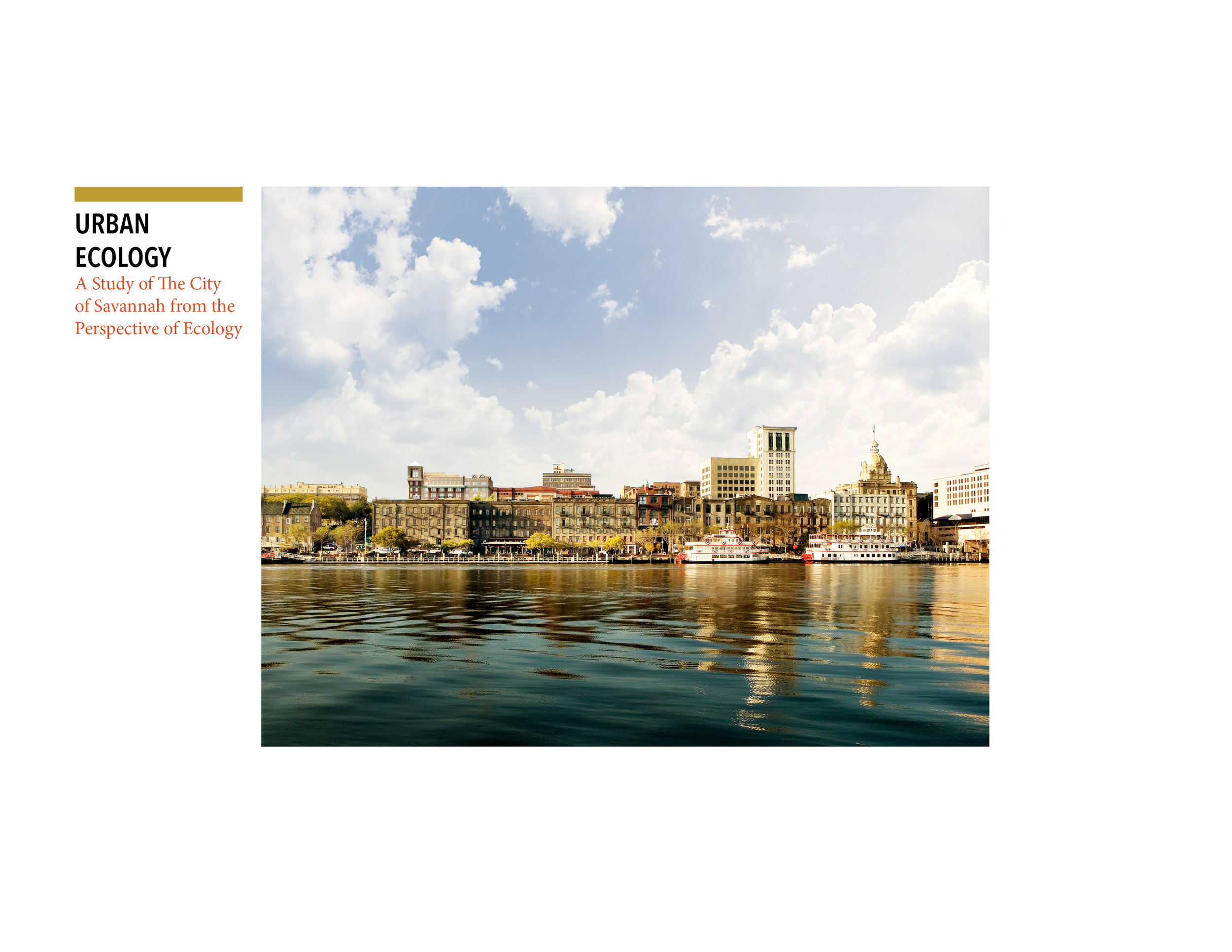
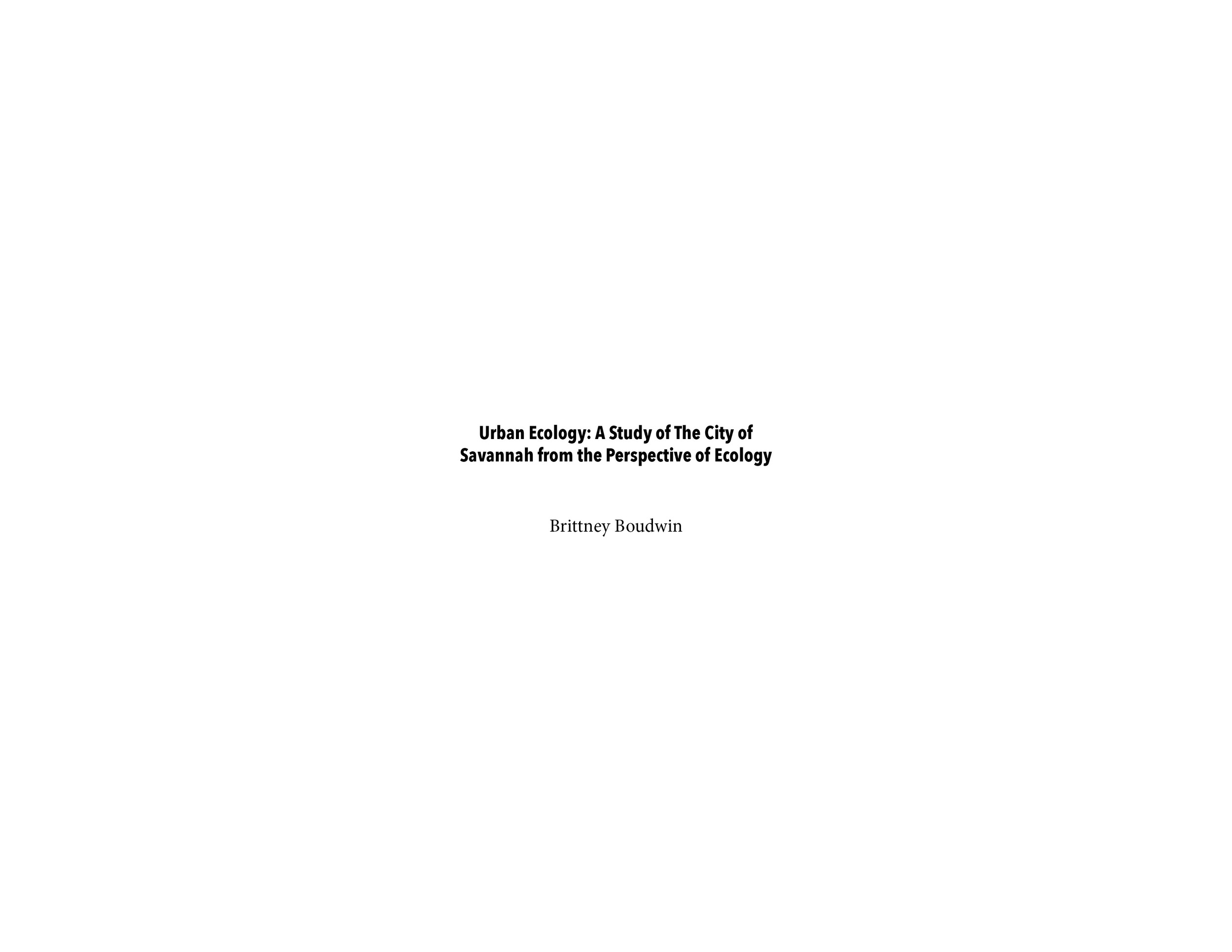

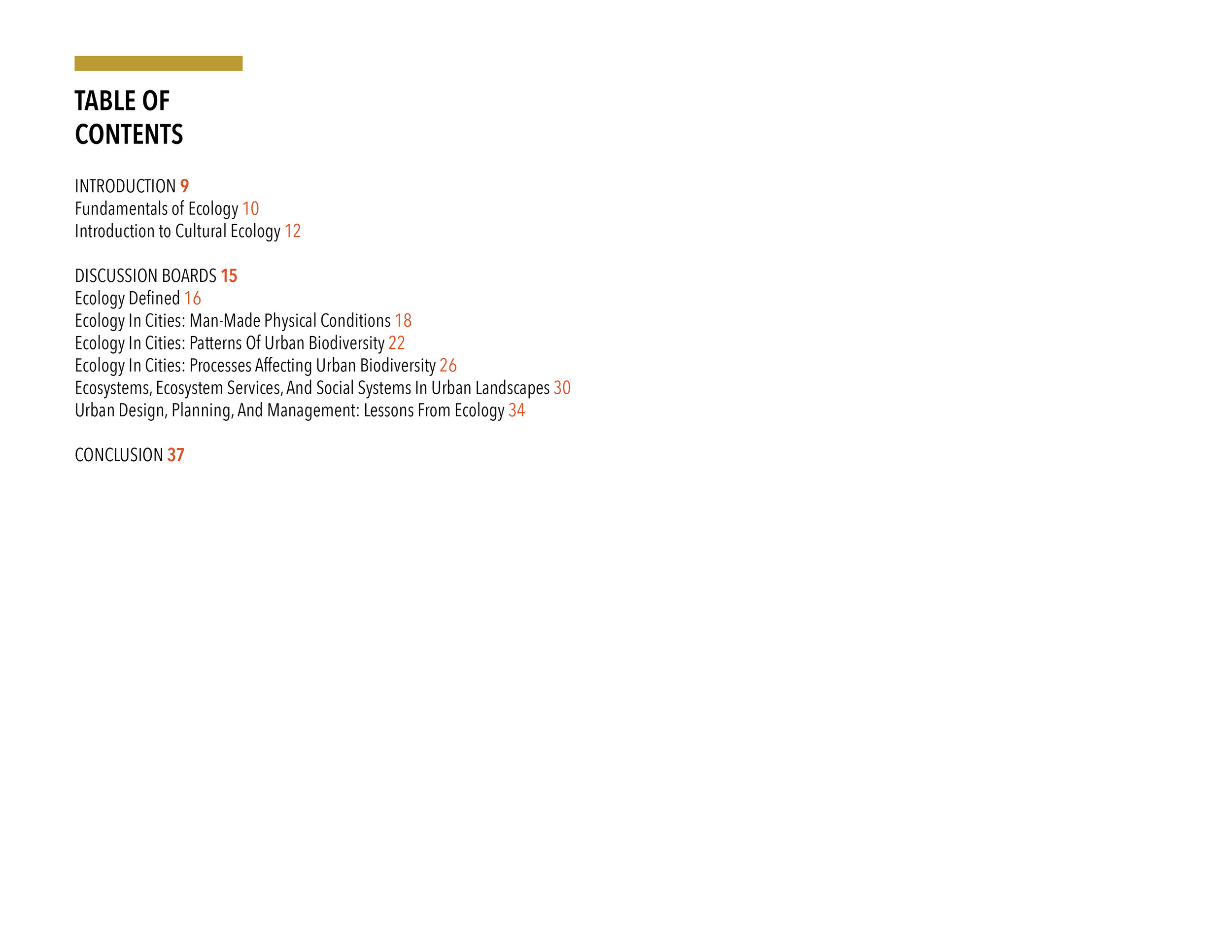
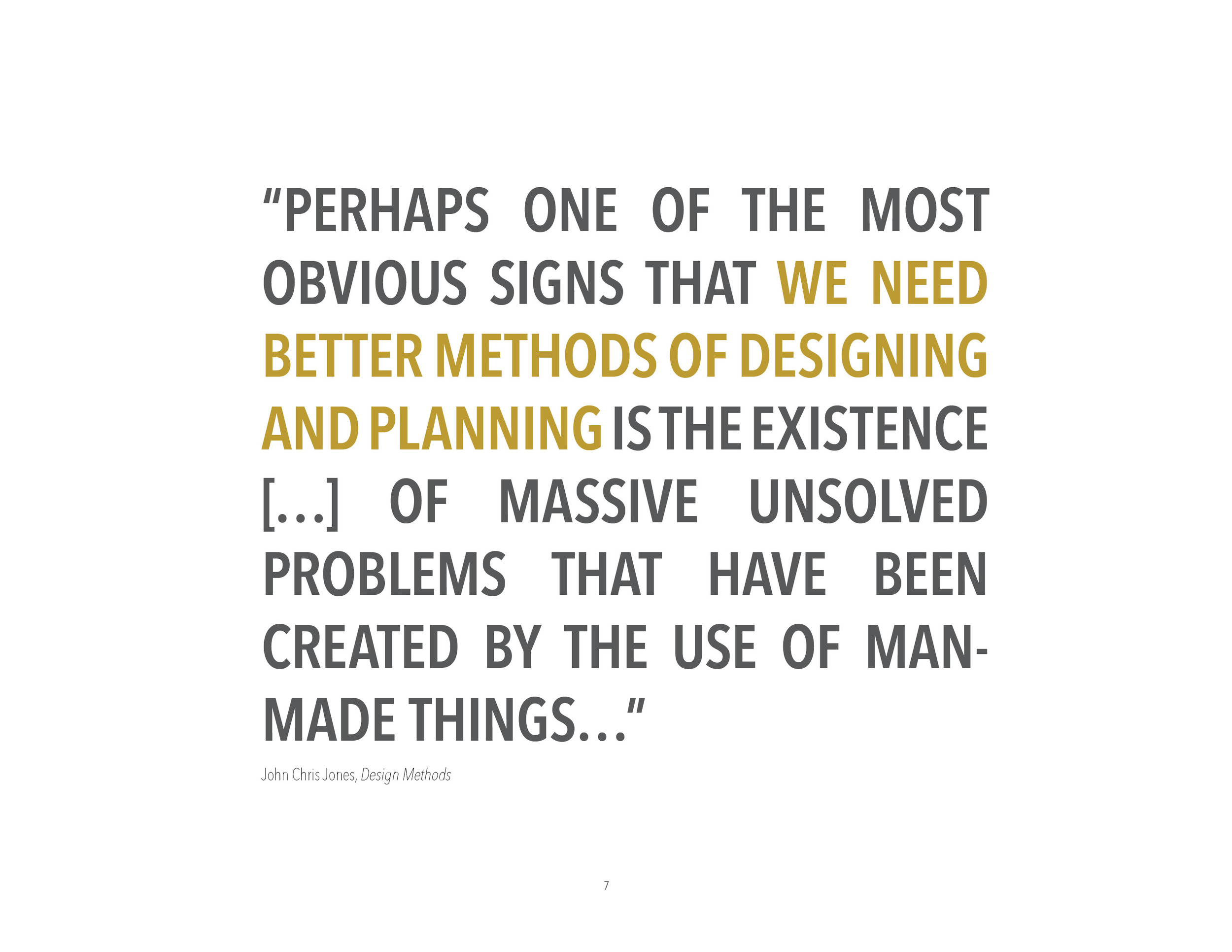
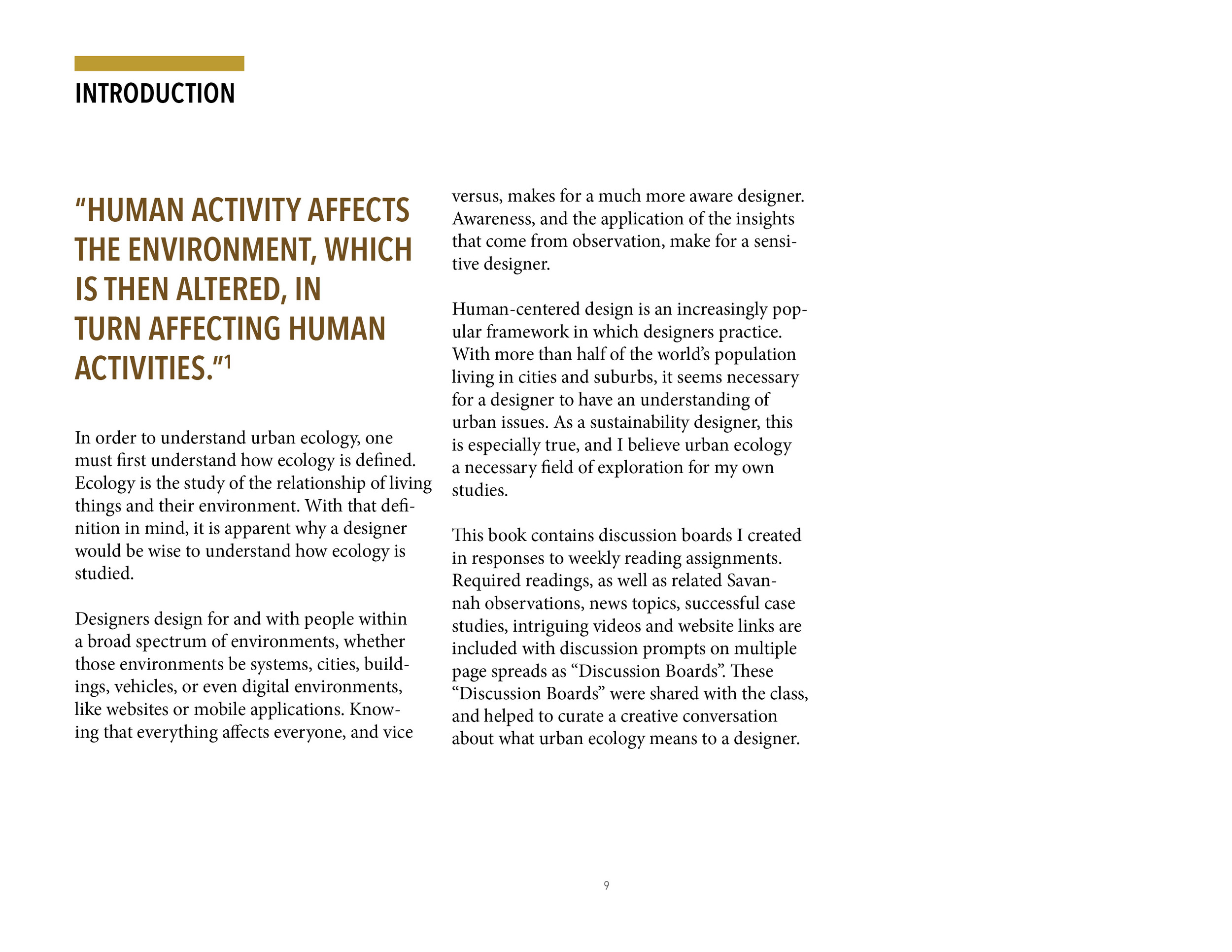
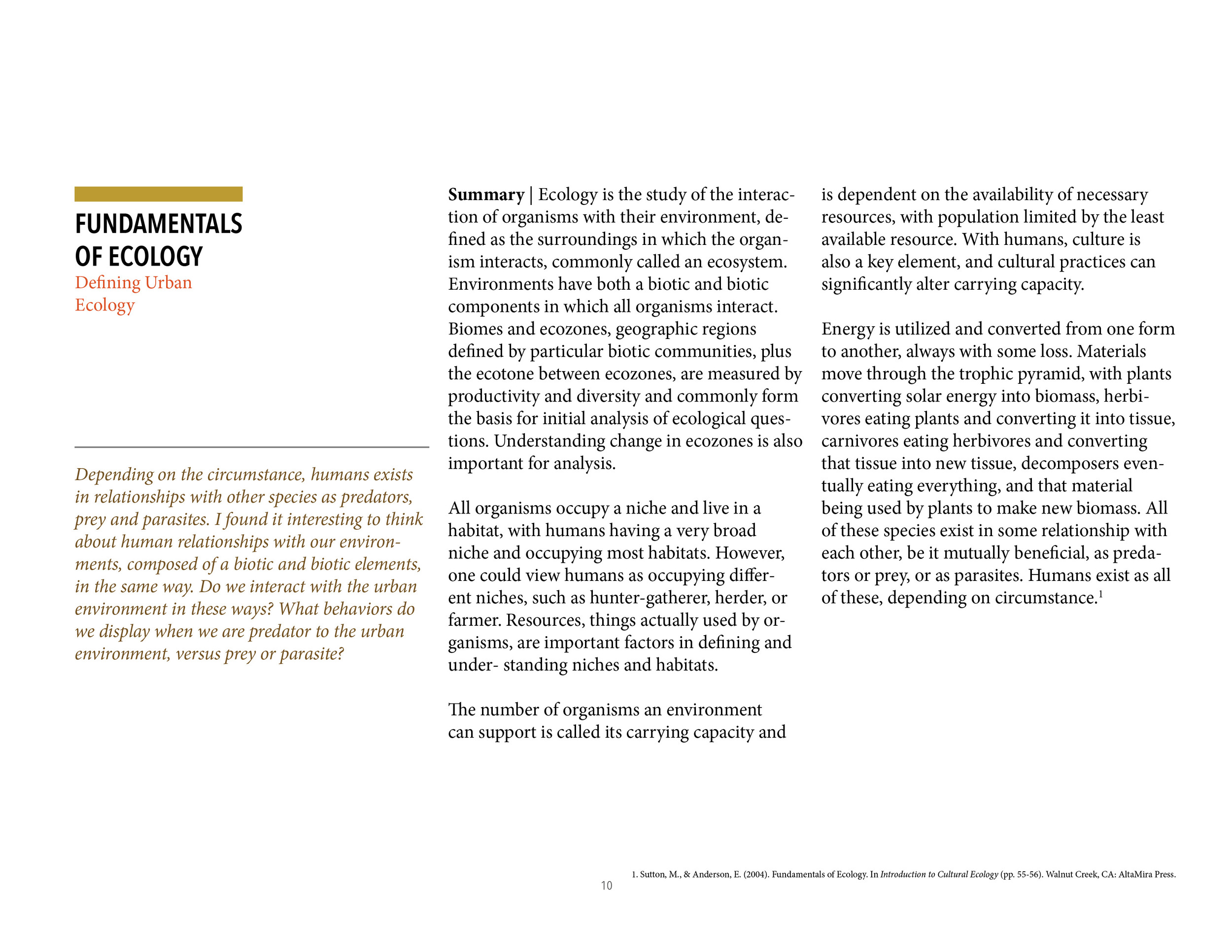

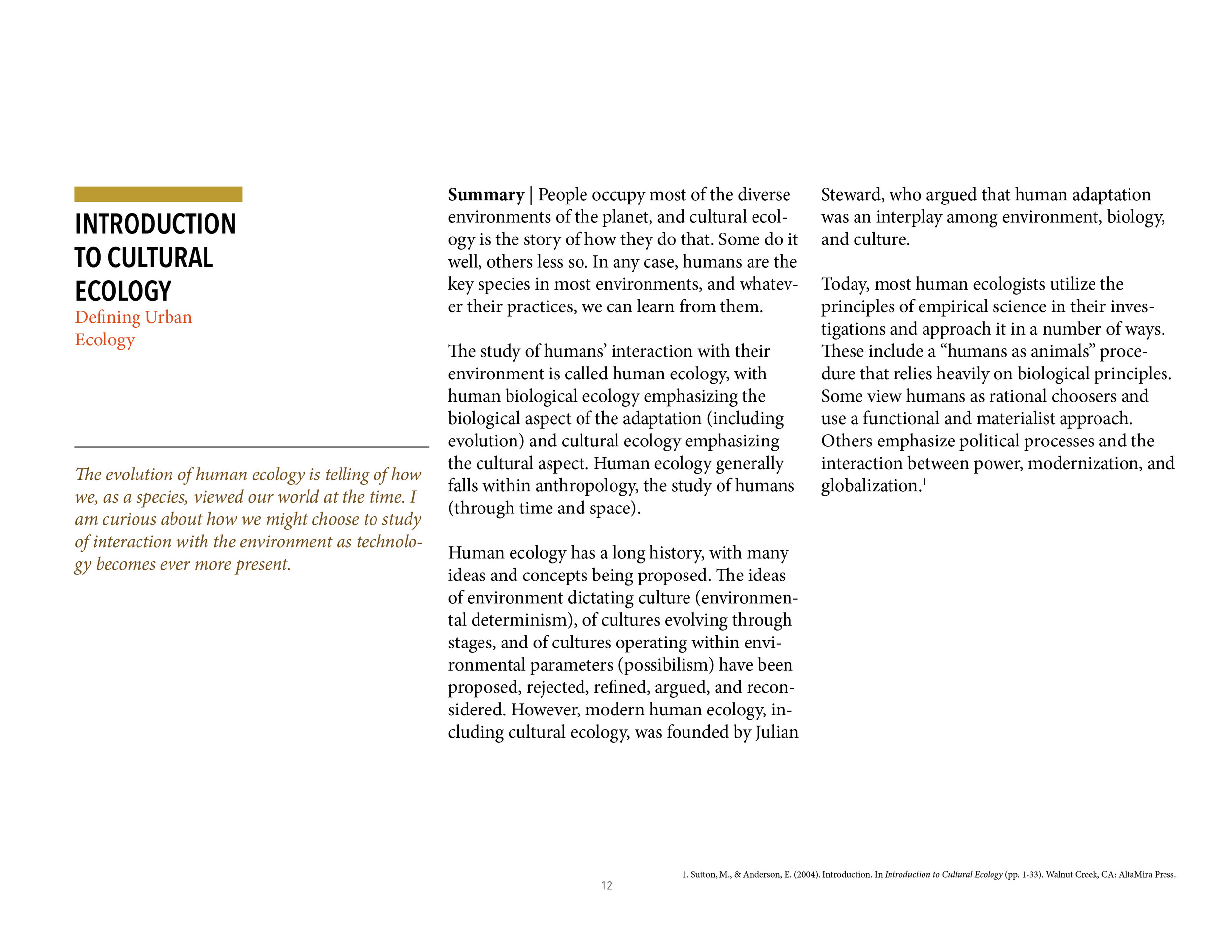
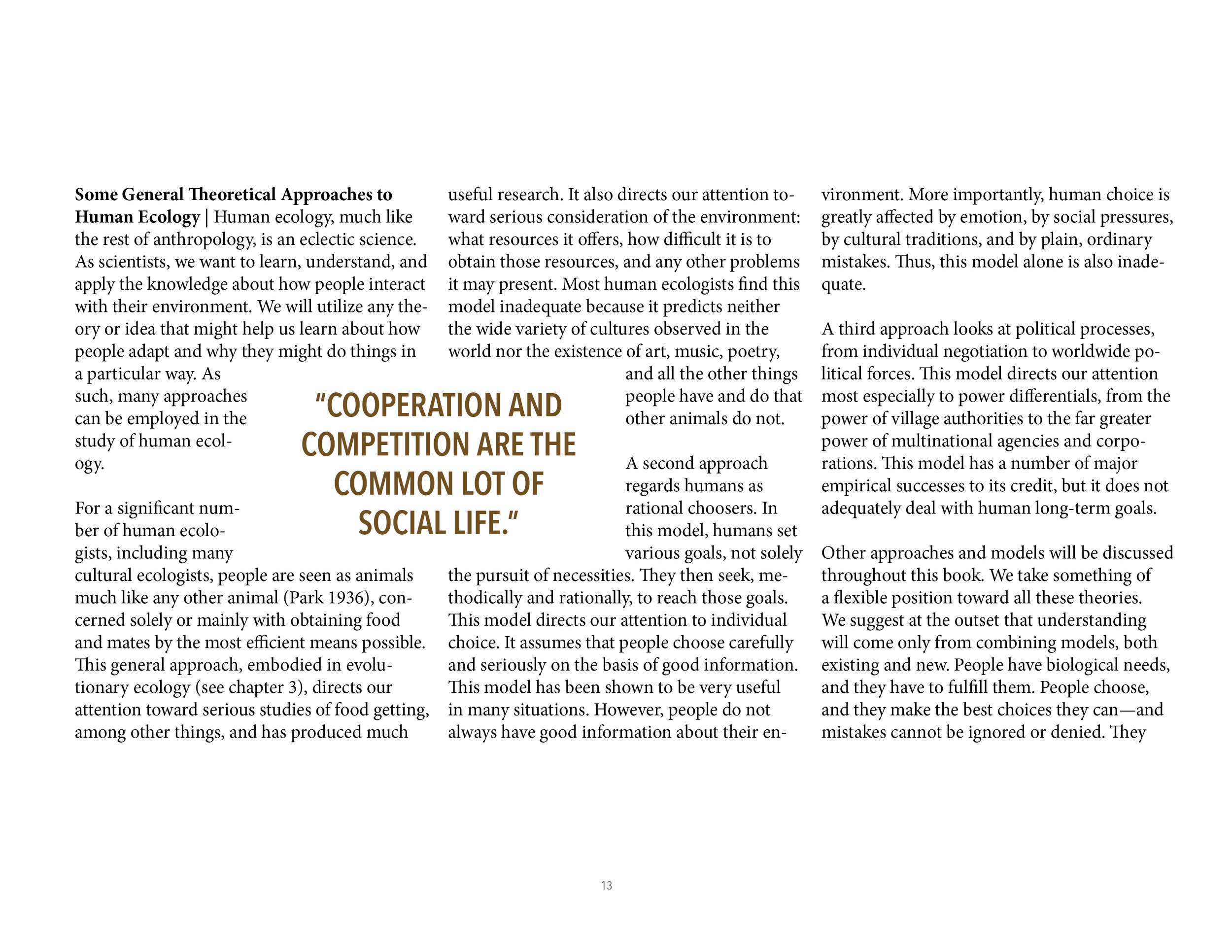
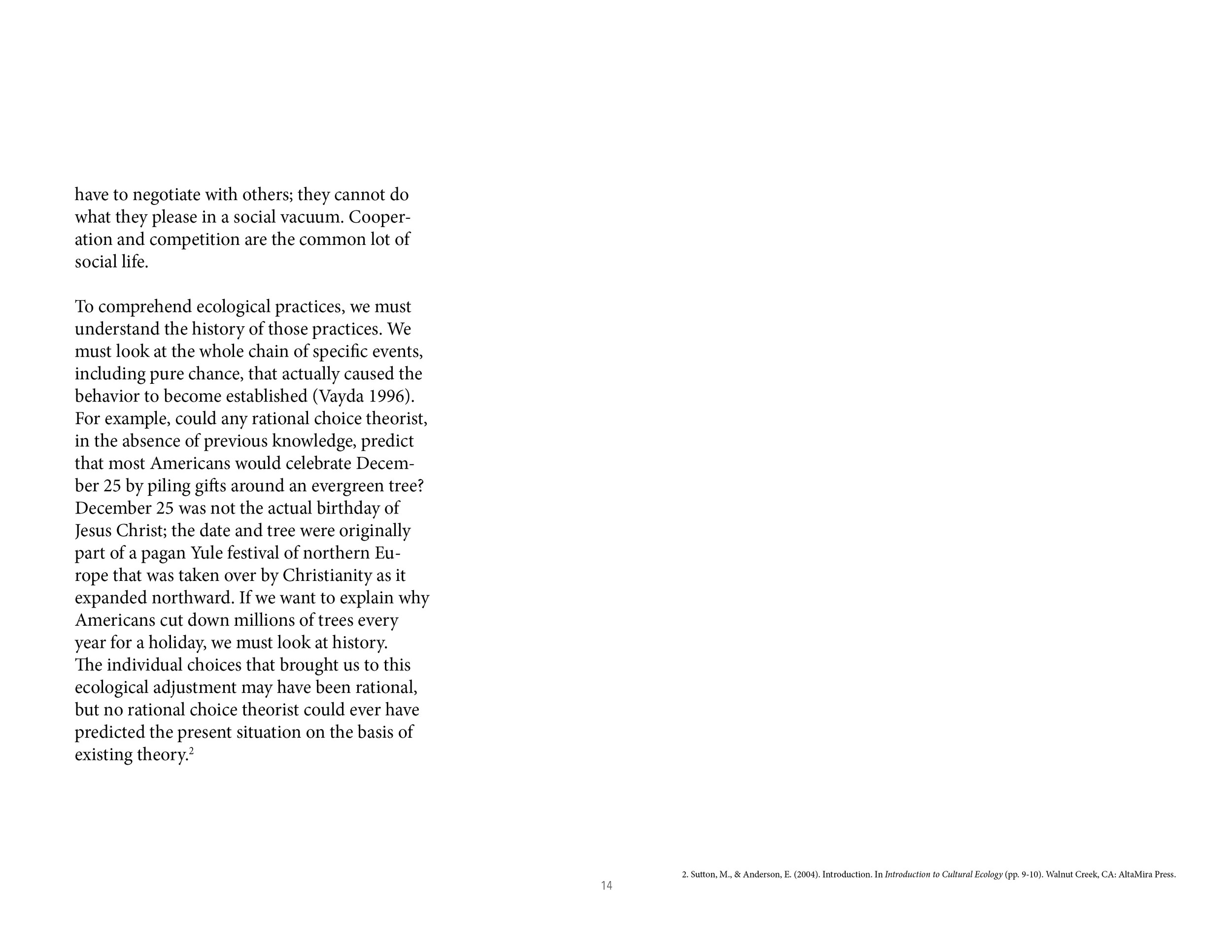
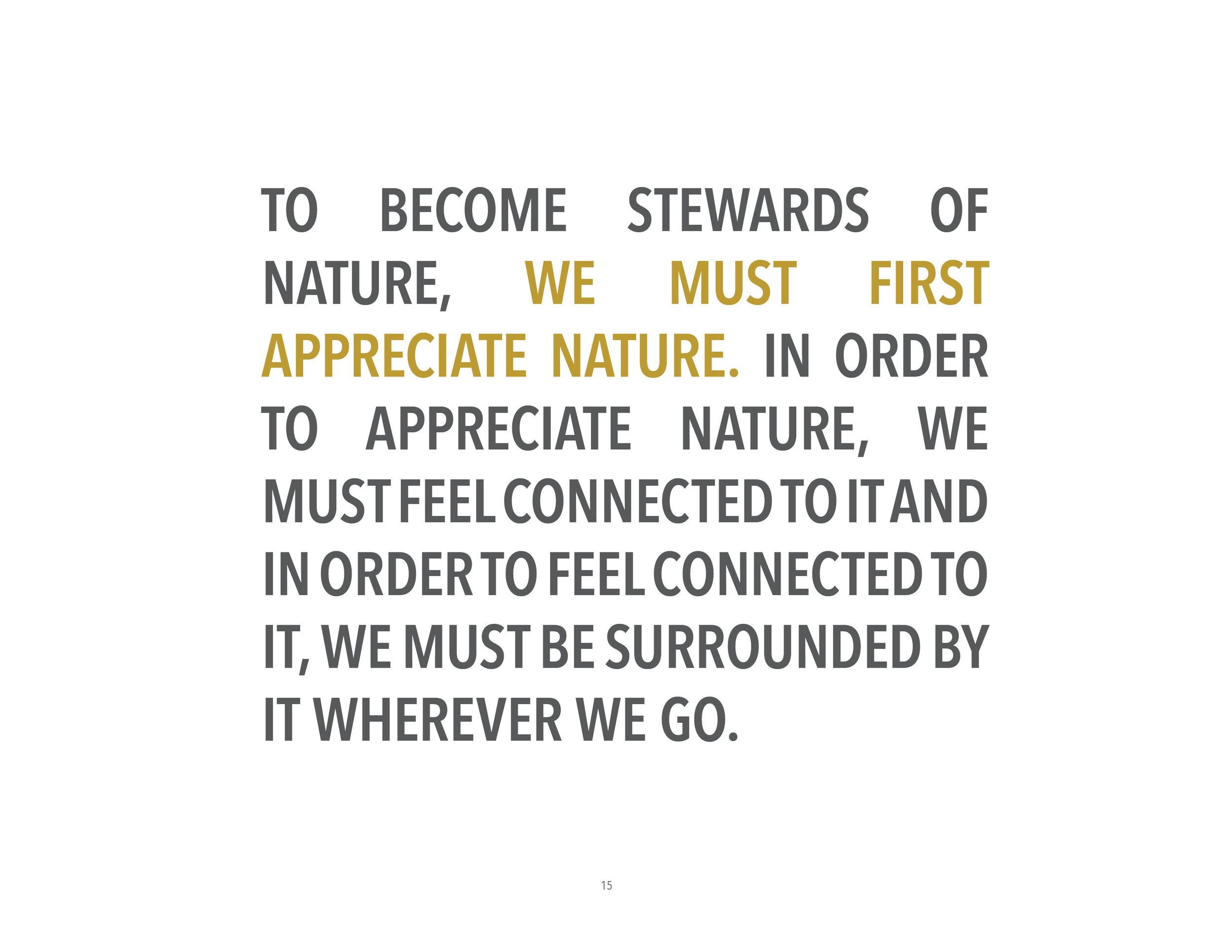
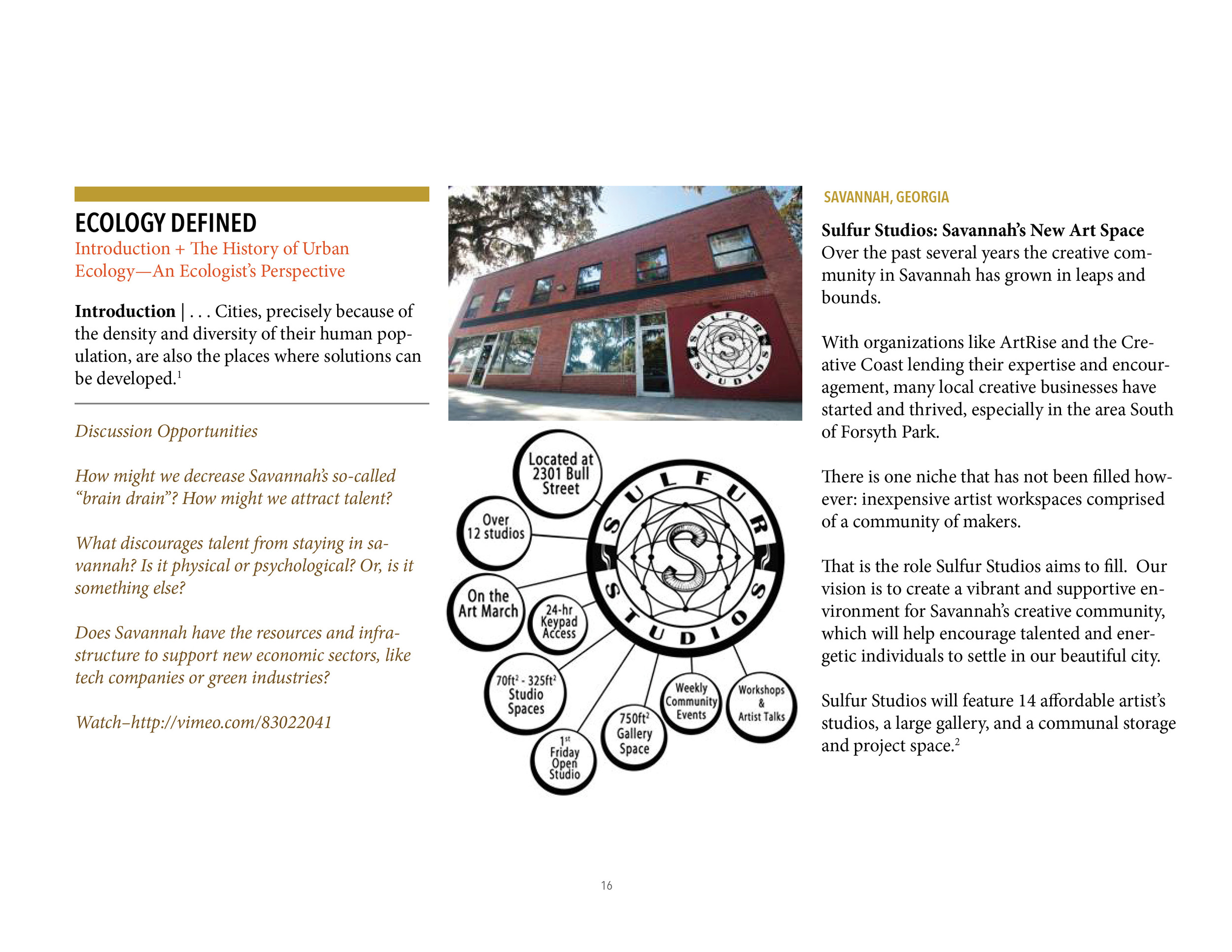
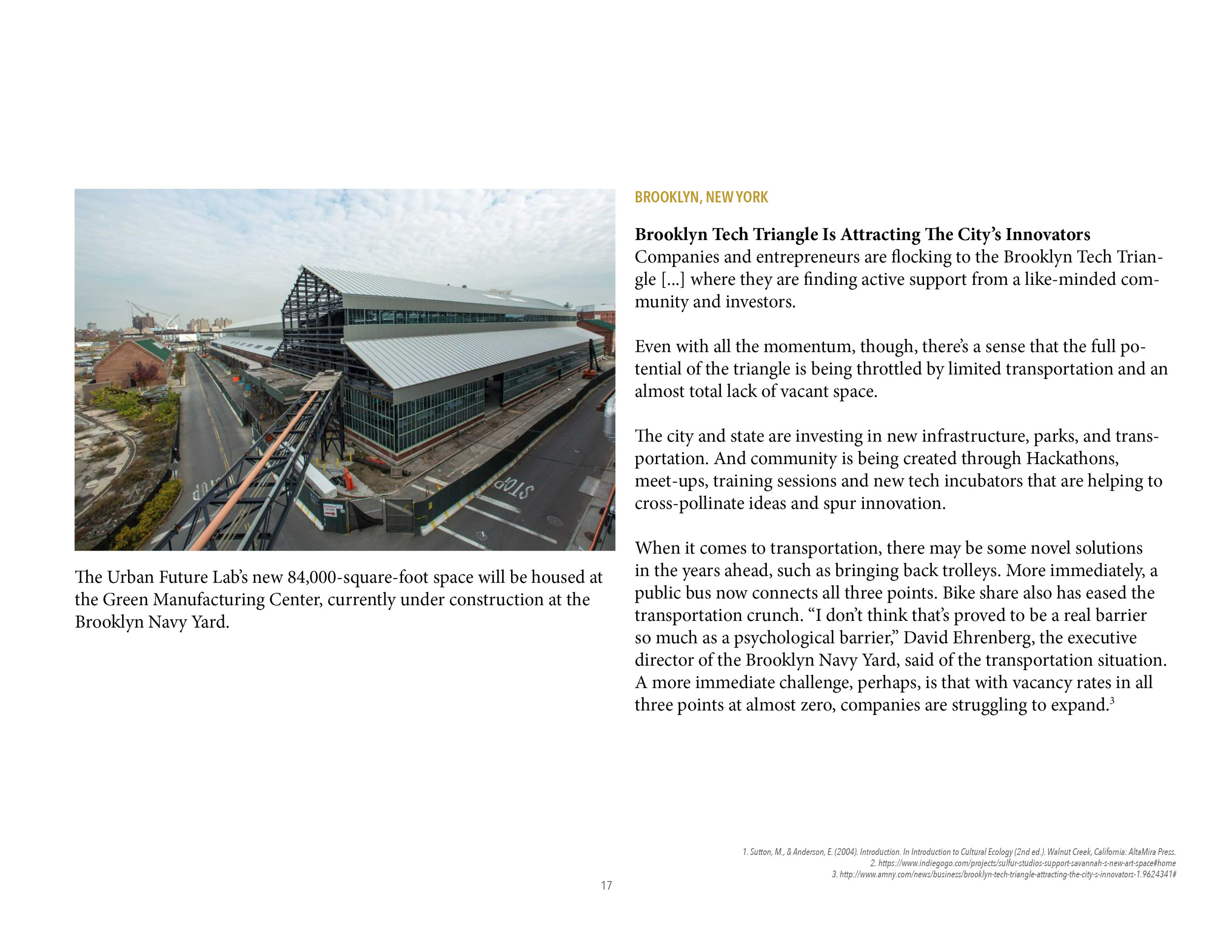

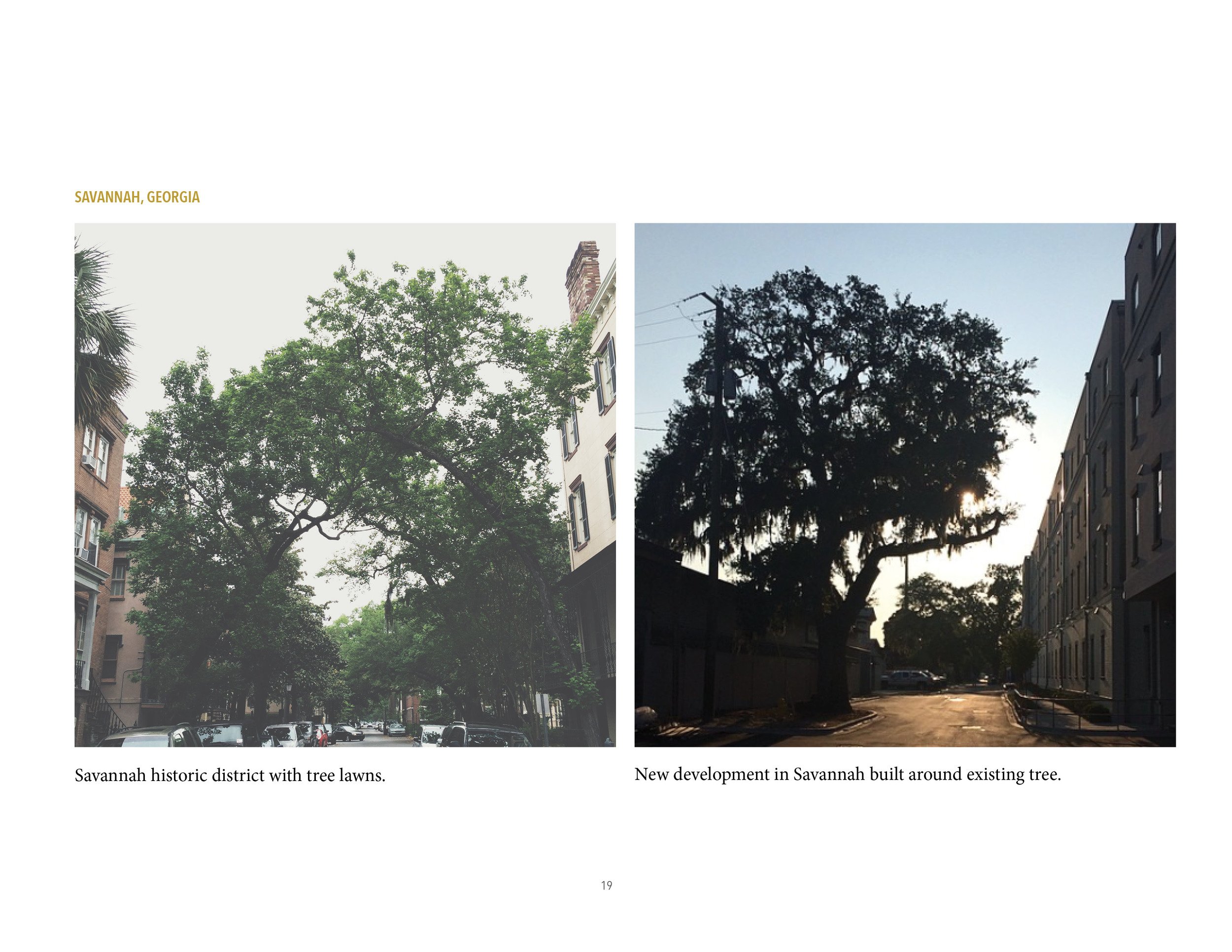

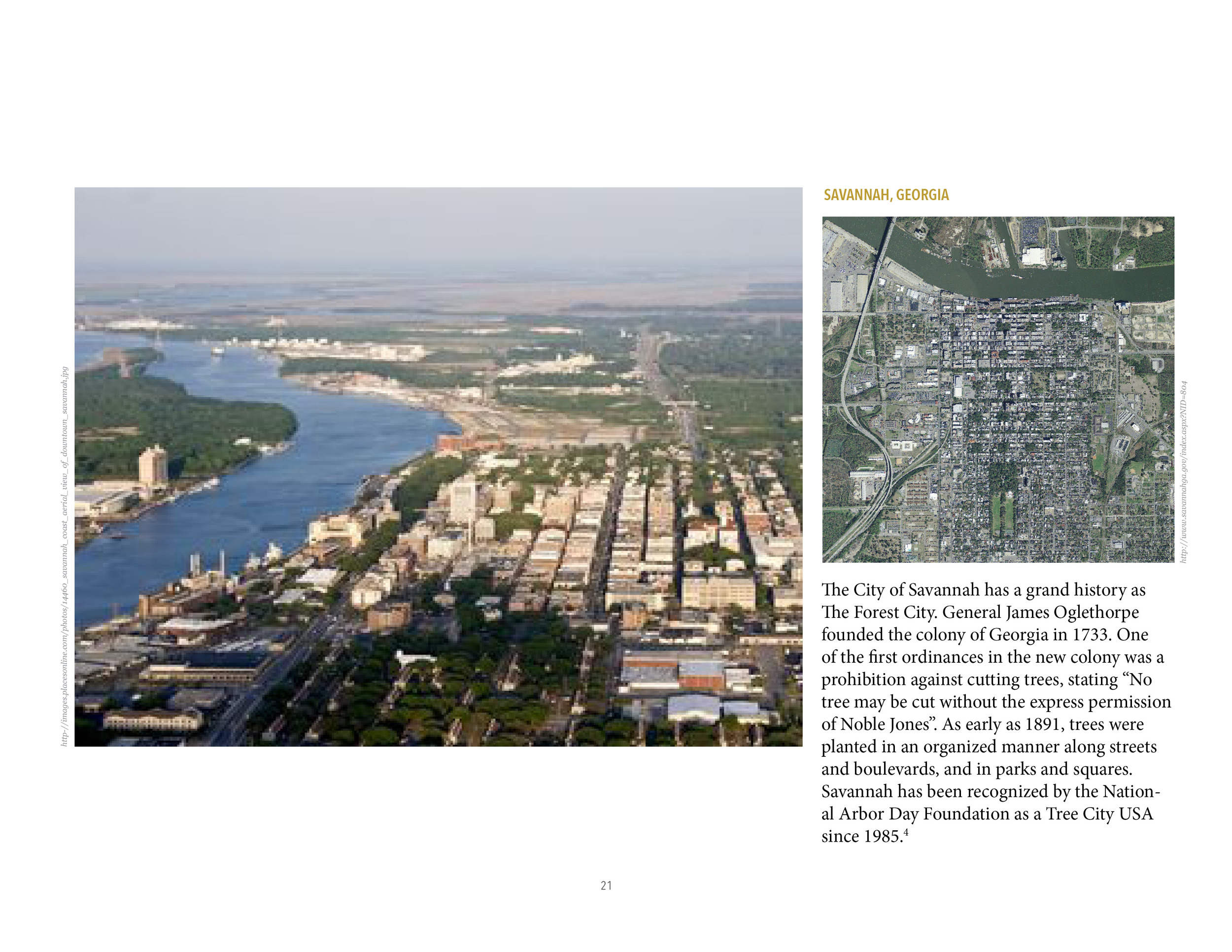
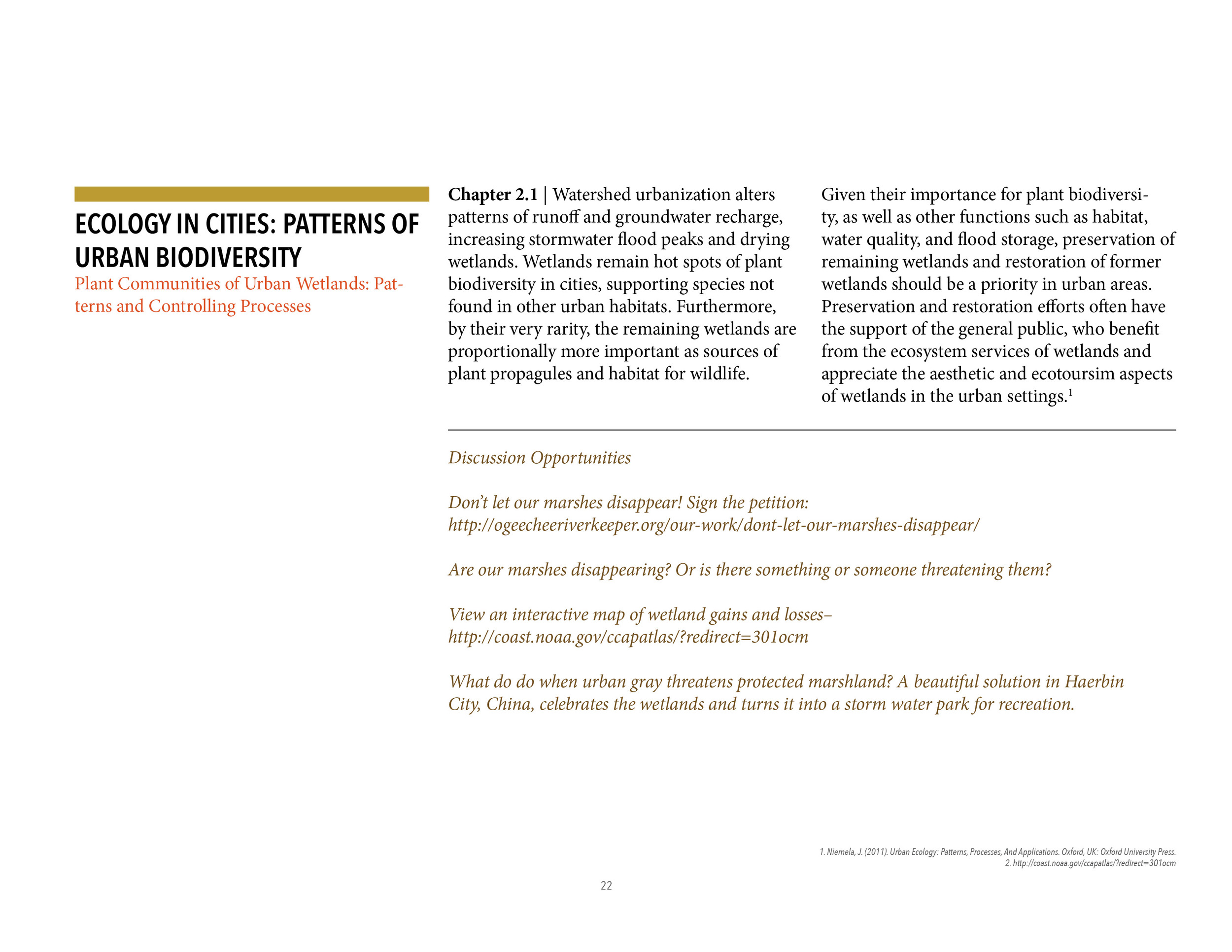
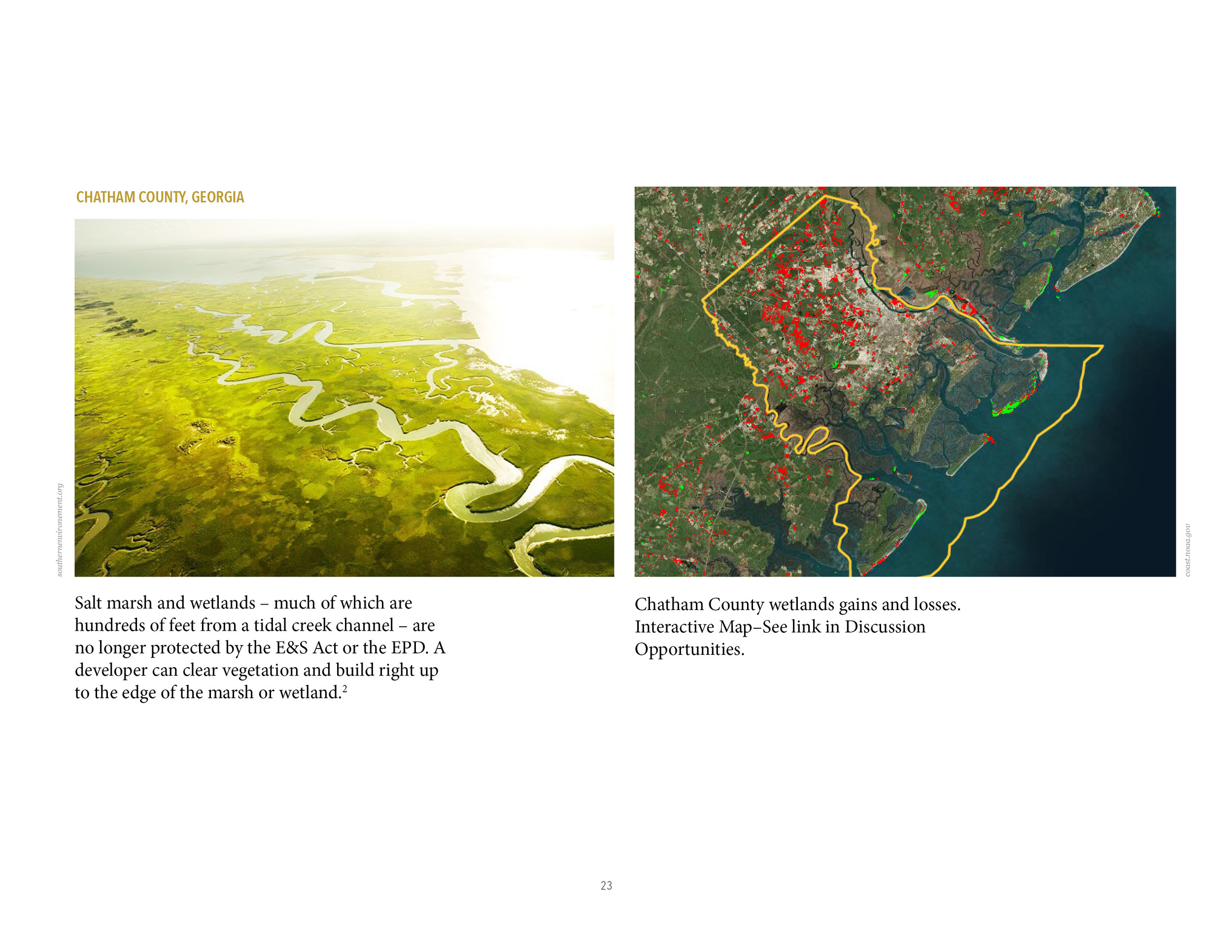
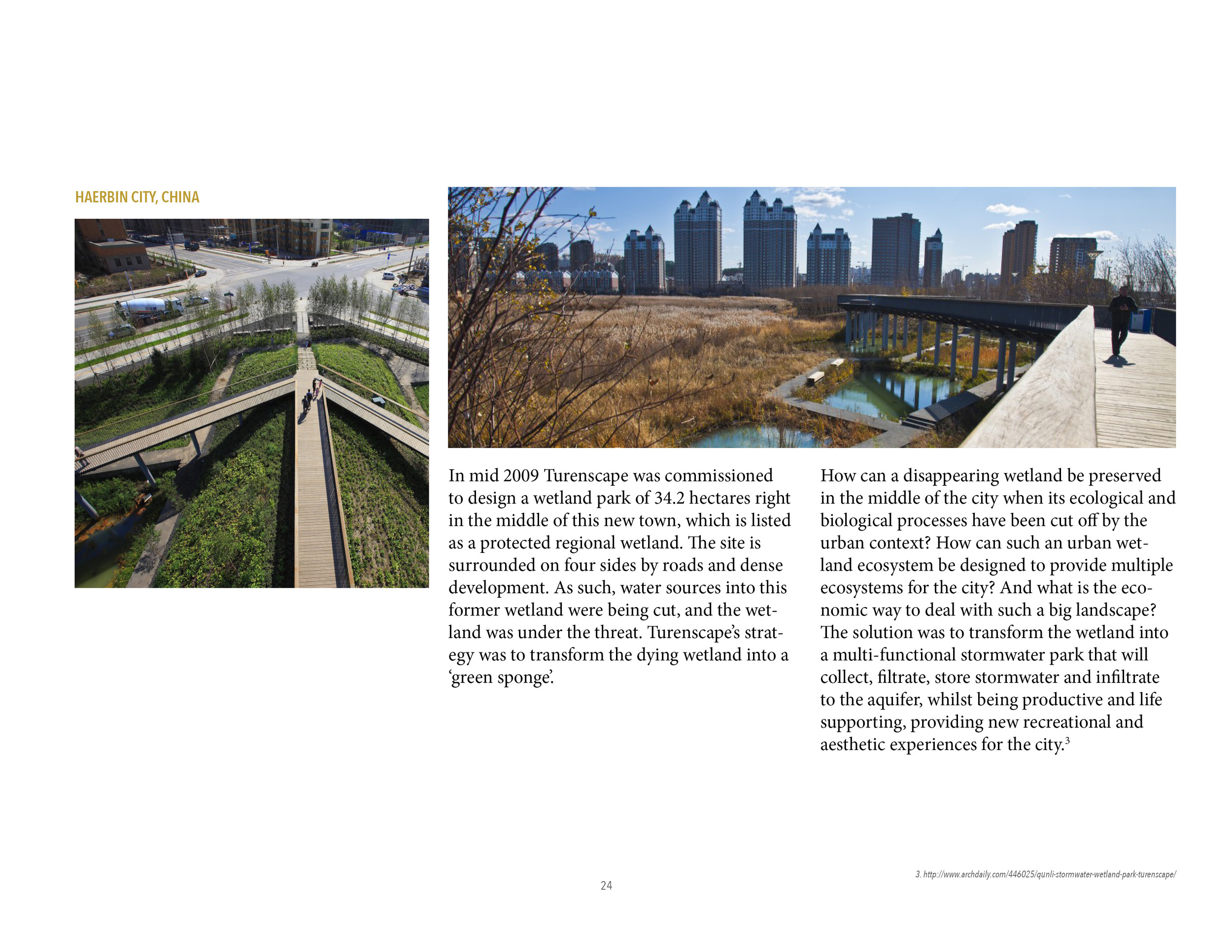
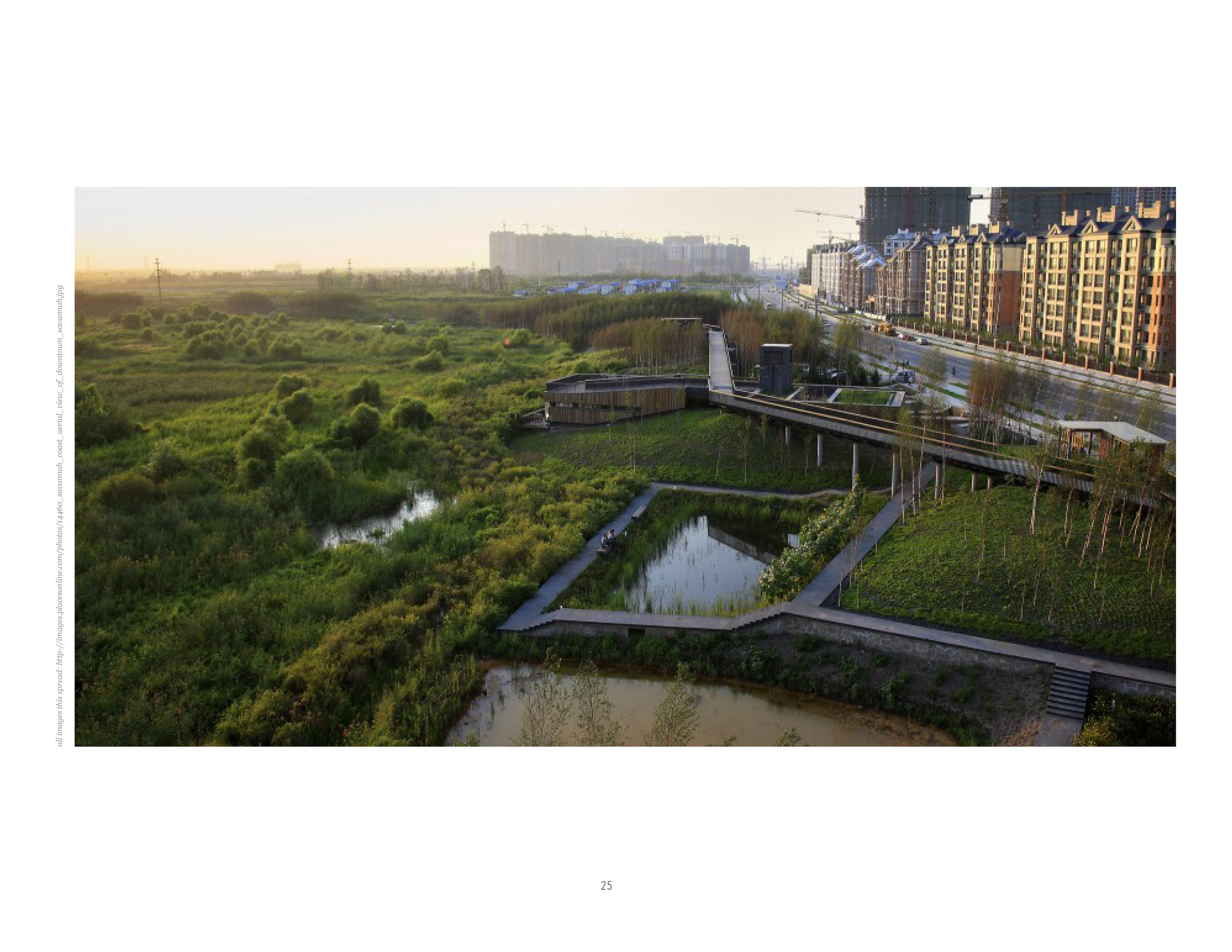
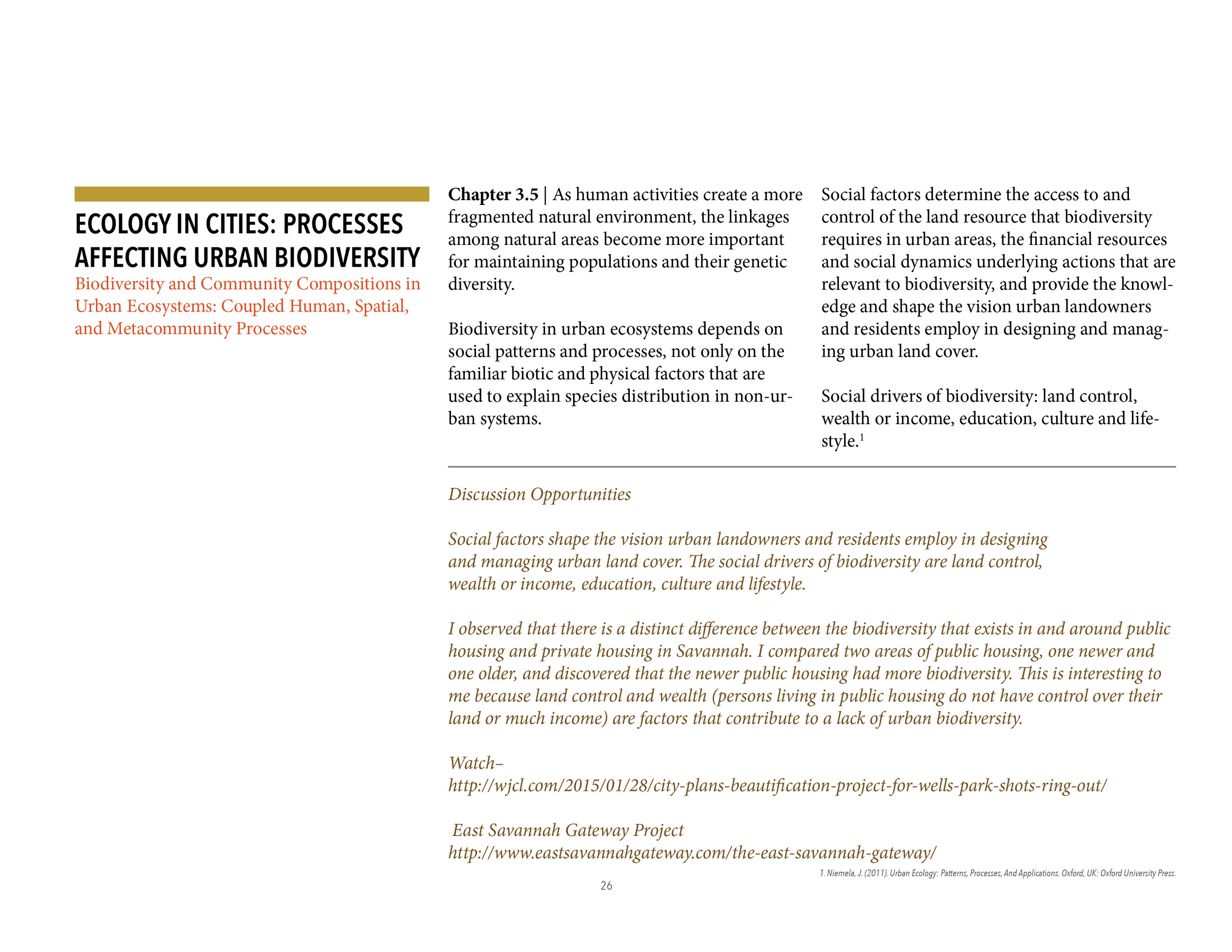
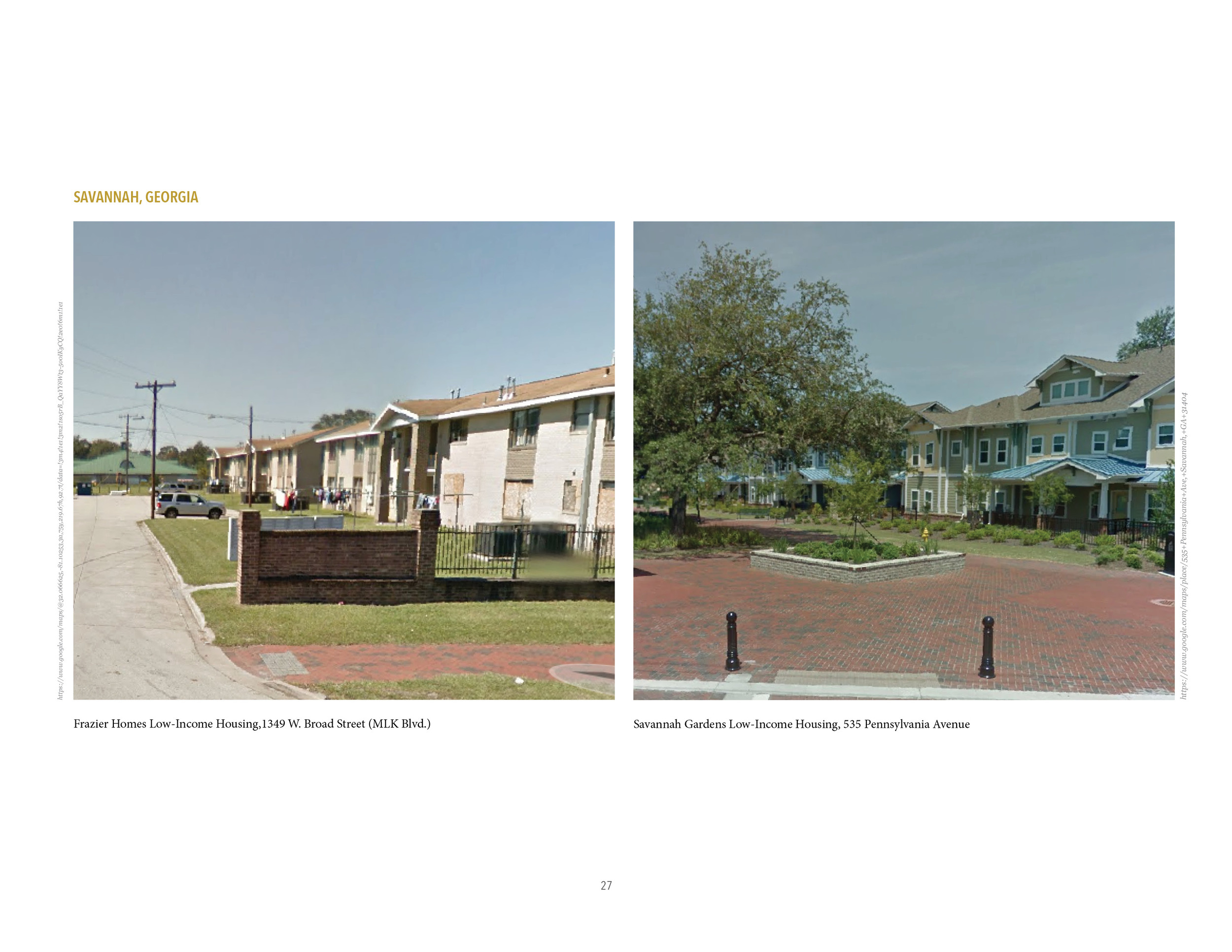

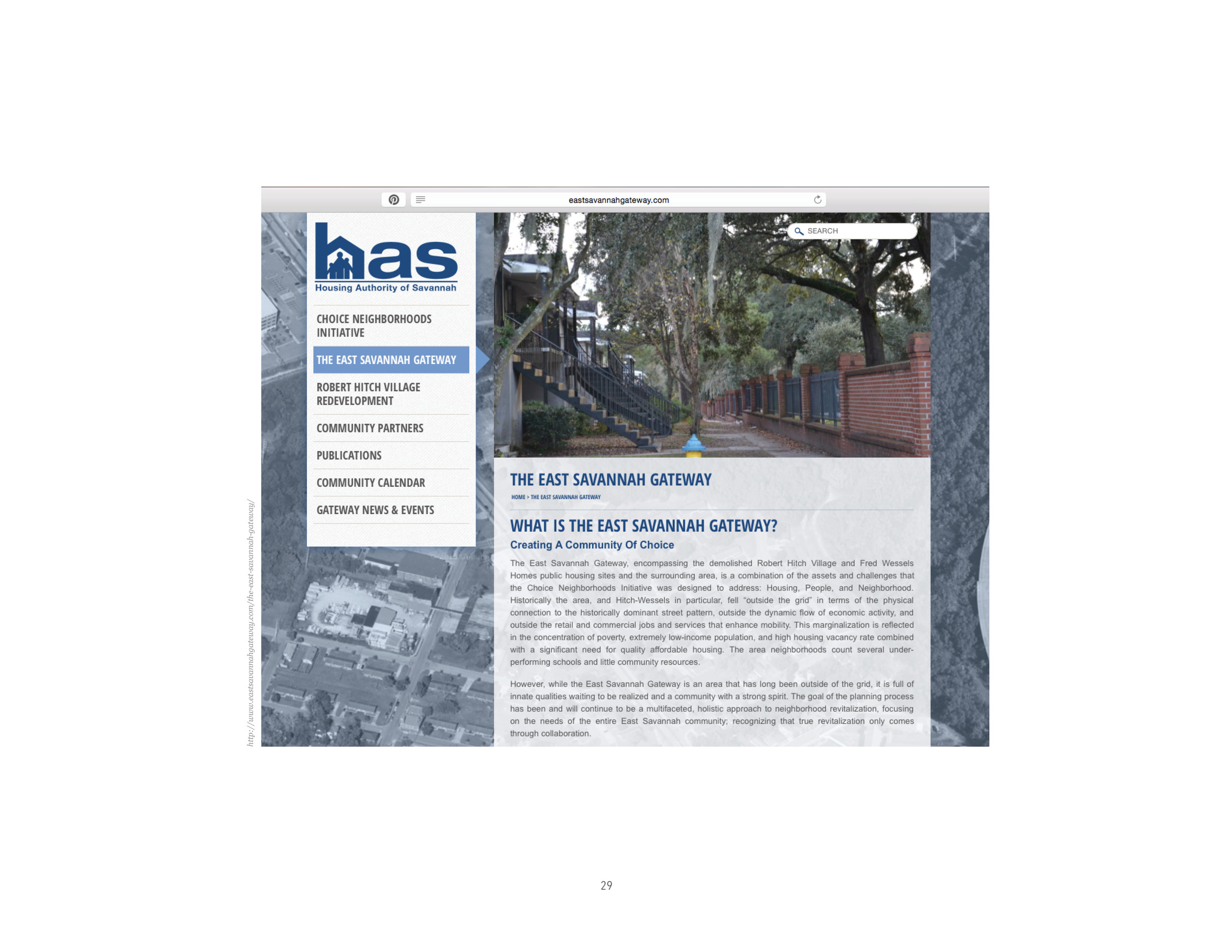
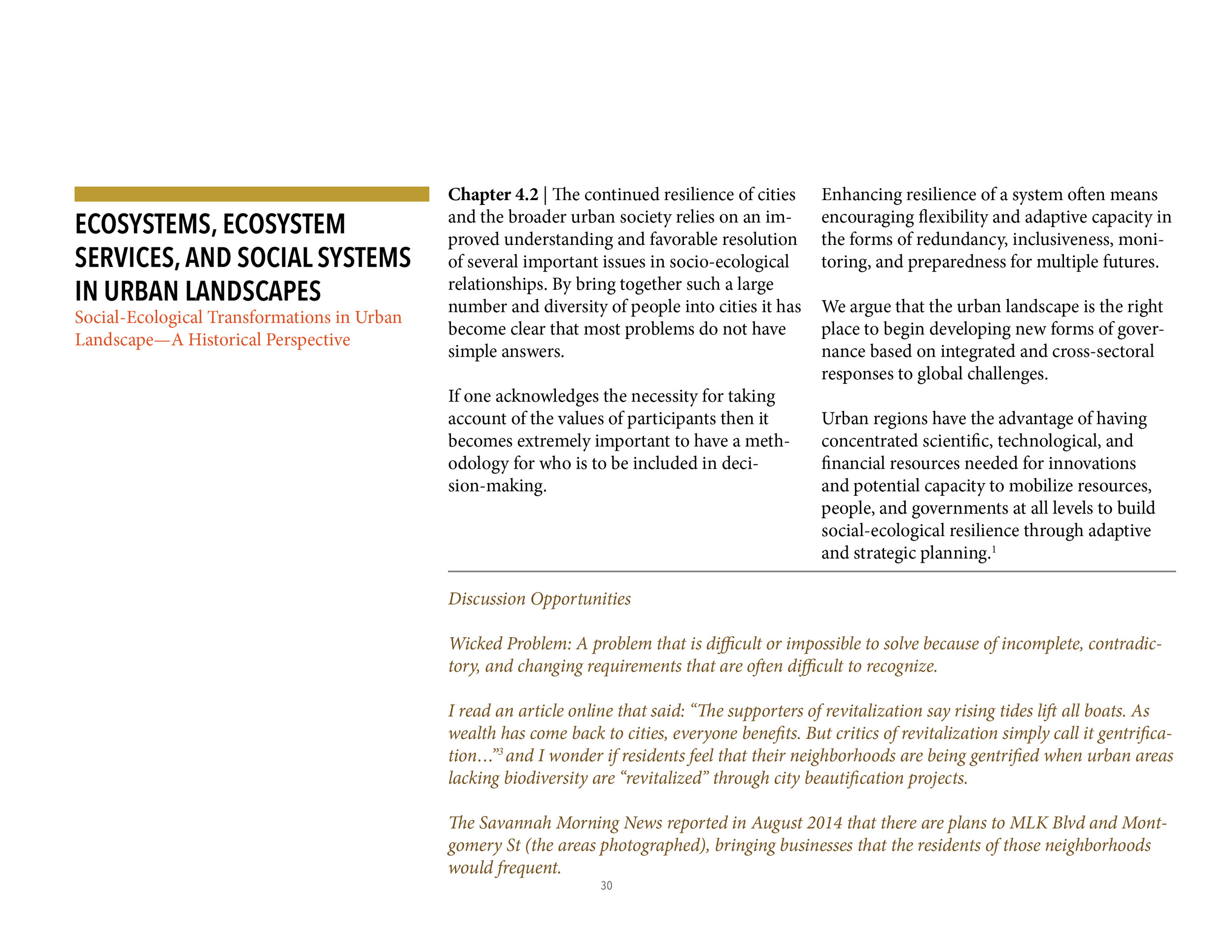
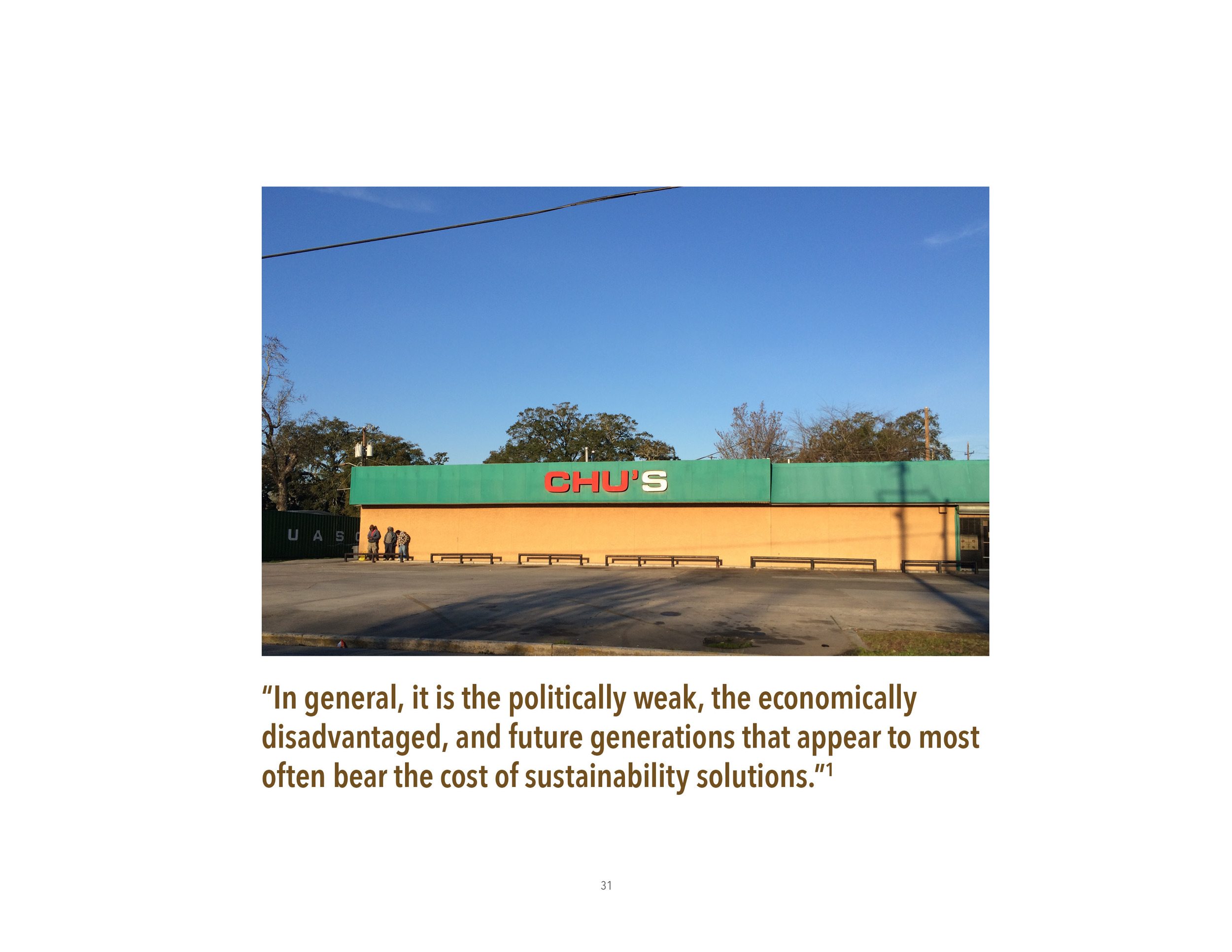
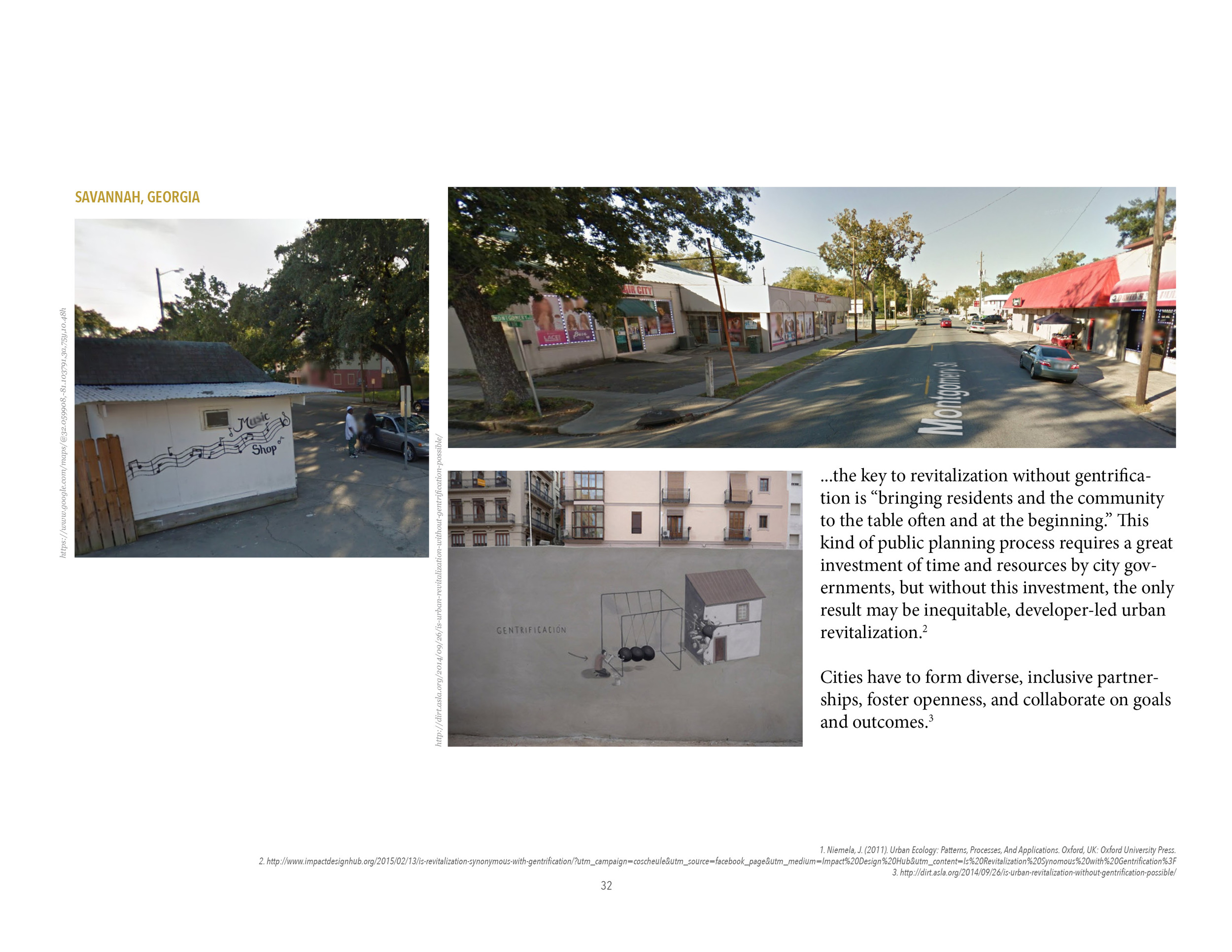
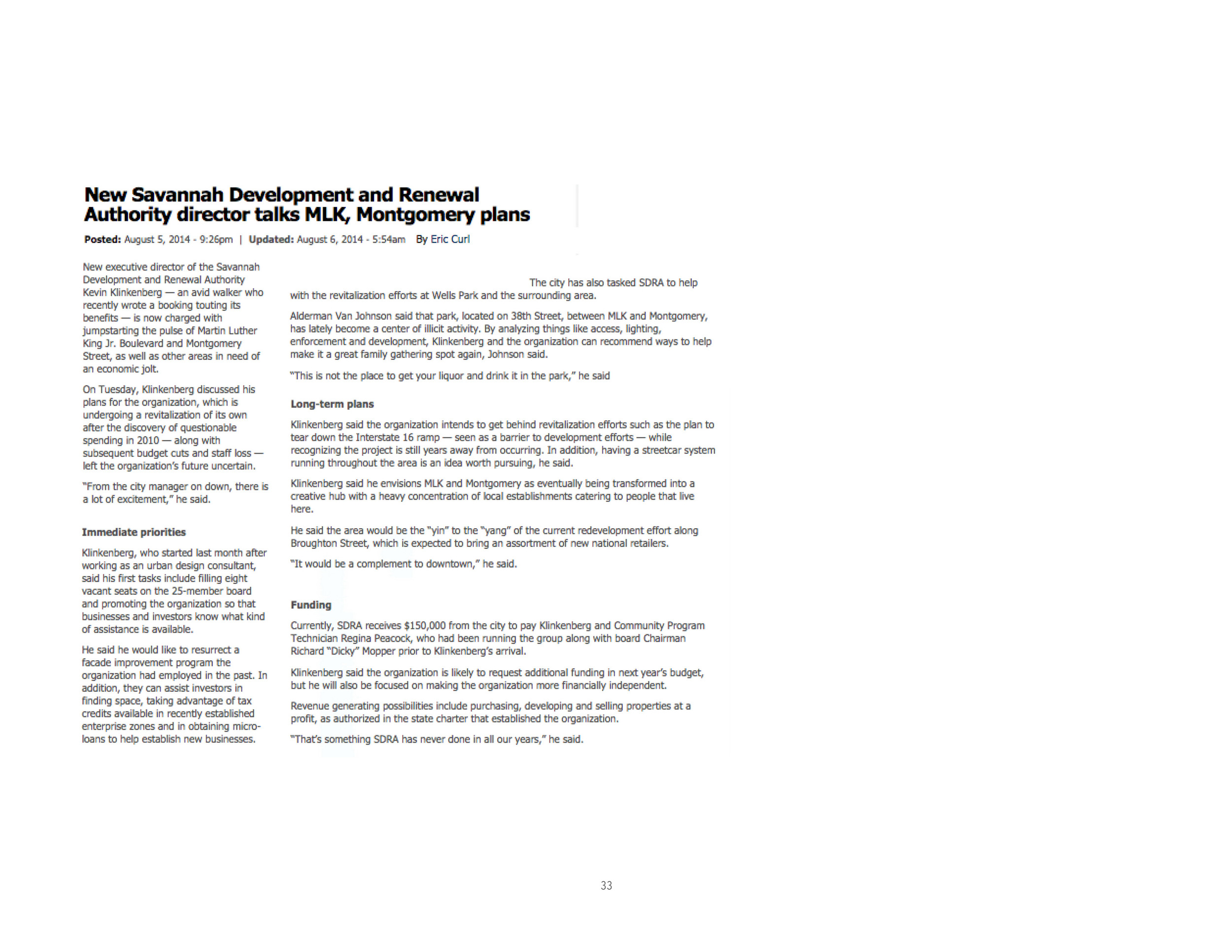
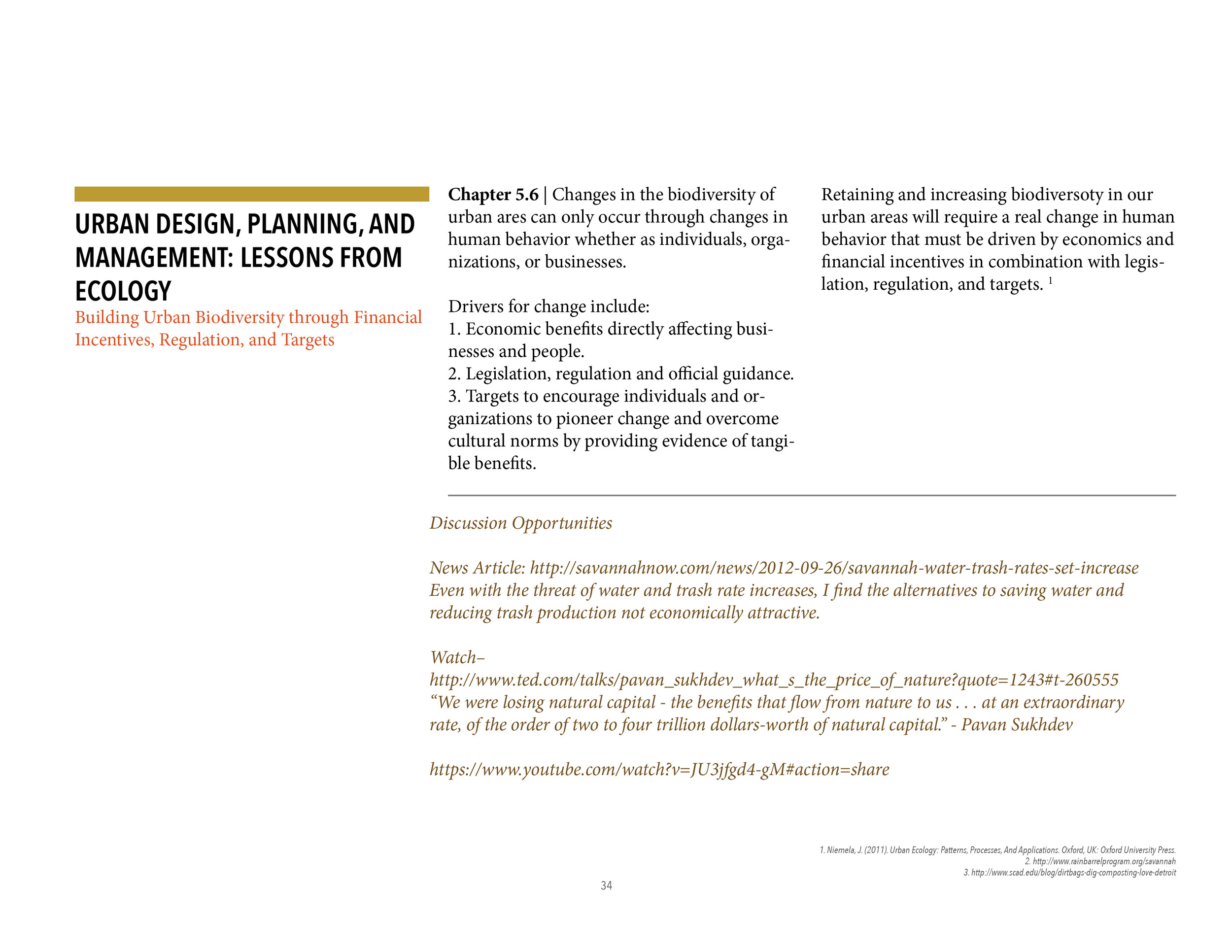
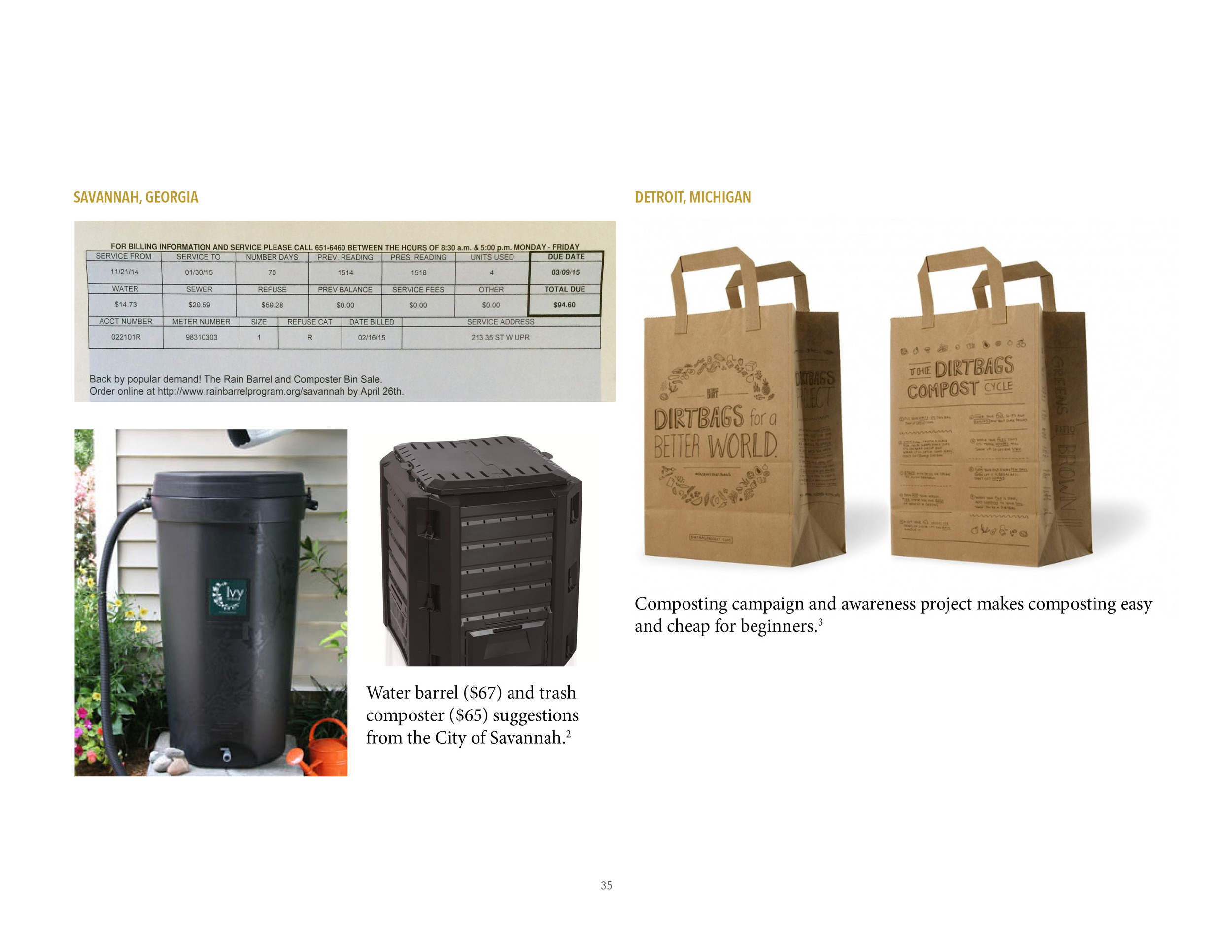
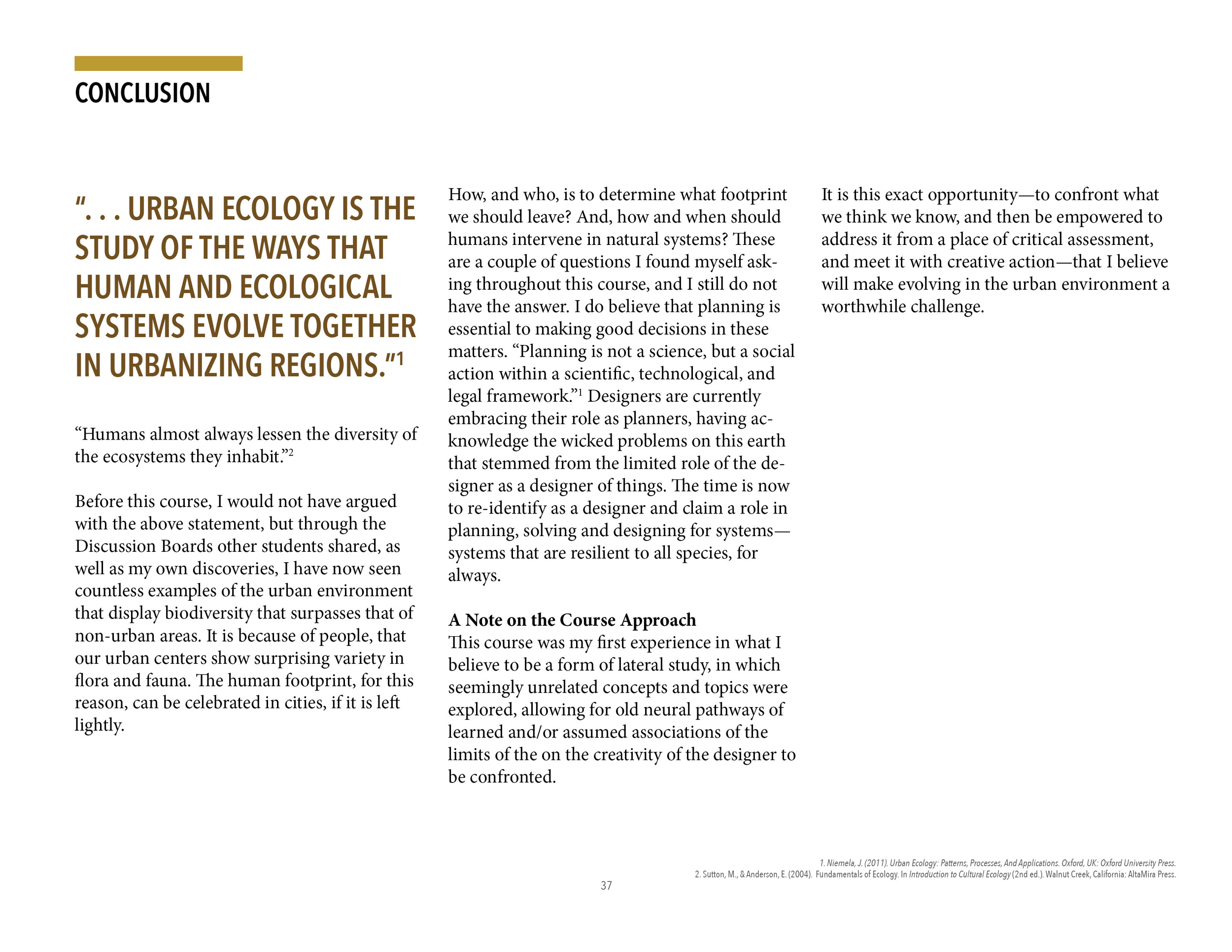
"Human activity affects the environment, which is then altered, in turn affecting human activities."1 In order to understand urban ecology, one must first understand how ecology is defined. Ecology is the study of the relationship of living things and their environment. With that definition in mind, it is apparent why a designer would be wise to understand how ecology is studied.
Designers design for and with people within a broad spectrum of environments, whether those environments be systems, cities, buildings, vehicles, or even digital environments, like websites or mobile applications. Knowing that everything affects everyone, and vice versus, makes for a much more aware designer. Awareness, and the application of the insights that come from observation, make for a sensitive designer.
Human-centered design is an increasingly popular framework in which designers practice. With more than half of the world’s population living in cities and suburbs, it seems necessary for a designer to have an understanding of urban issues. As a sustainability designer, this is especially true, and I believe urban ecology a necessary field of exploration for my own studies. “. . . urban ecology is the study of the ways that human and ecological systems evolve together in urbanizing regions.”2
“Humans almost always lessen the diversity of the ecosystems they inhabit.”1 Before this course, I would not have argued with the above statement, but through the Discussion Boards other students shared, as well as my own discoveries, I have now seen countless examples of the urban environment that display biodiversity that surpasses that of non-urban areas. It is because of people, that our urban centers show surprising variety in flora and fauna. The human footprint, for this reason, can be celebrated in cities, if it is left lightly.
How, and who, is to determine what footprint we should leave? And, how and when should humans intervene in natural systems? These are a couple of questions I found myself asking throughout this course, and I still do not have the answer. I do believe that planning is essential to making good decisions in these matters. “Planning is not a science, but a social action within a scientific, technological, and legal framework.”1
Designers are currently embracing their role as planners, having acknowledge the wicked problems on this earth that stemmed from the limited role of the designer as a designer of things. The time is now to re-identify as a designer and claim a role in planning, solving and designing for systems— systems that are resilient to all species, for always.
- Sutton, M., & Anderson, E. (2004). Fundamentals of Ecology. An Introduction to Cultural Ecology. Walnut Creek, CA: AltaMira Press.
- Niemela, J. (2011). Urban Ecology: Patterns, Processes, And Applications. Oxford, UK: Oxford University Press.
